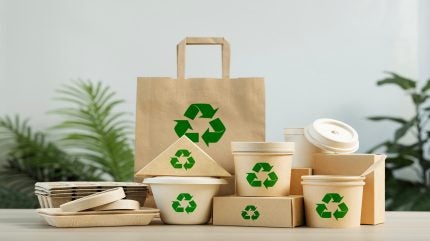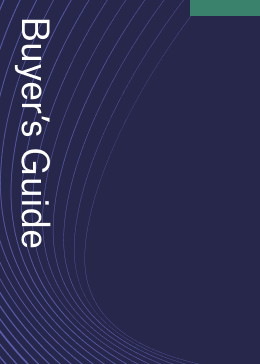
The European Commission’s new Packaging and Packaging Waste Regulation has officially come into effect, introducing measures aimed at reducing the environmental footprint of packaging within the EU.
This regulation is set to lower greenhouse gas emissions, water usage, and environmental costs within the regional packaging sector.
The EU anticipates that the move is poised to foster a more competitive, sustainable, and circular economy within the region by creating a unified market for waste, secondary, and reusable materials.
The legislation emphasises recycling, reducing reliance on primary resources, and enhancing resource efficiency.
Promoting reuse and refill options over single-use packaging, the measures also aim to improve consumer information.
This will enable more sustainable packaging choices and facilitate more effective sorting of packaging waste, with tailored solutions for EU Member States and businesses.
The regulation is expected to stimulate job creation and drive innovation in packaging solutions, thereby offering new business opportunities.
Furthermore, restrictions on certain hazardous substances will serve to protect both consumer health and the environment.
Last February, the European Commission published a draft regulation proposing a ban on bisphenol A (BPA) and other bisphenols in food contact materials.
The proposed draft recommended imposing a ban on BPA in varnishes and coatings, as well as in professional production equipment, within 36 months, and within 18 months for all other uses.




